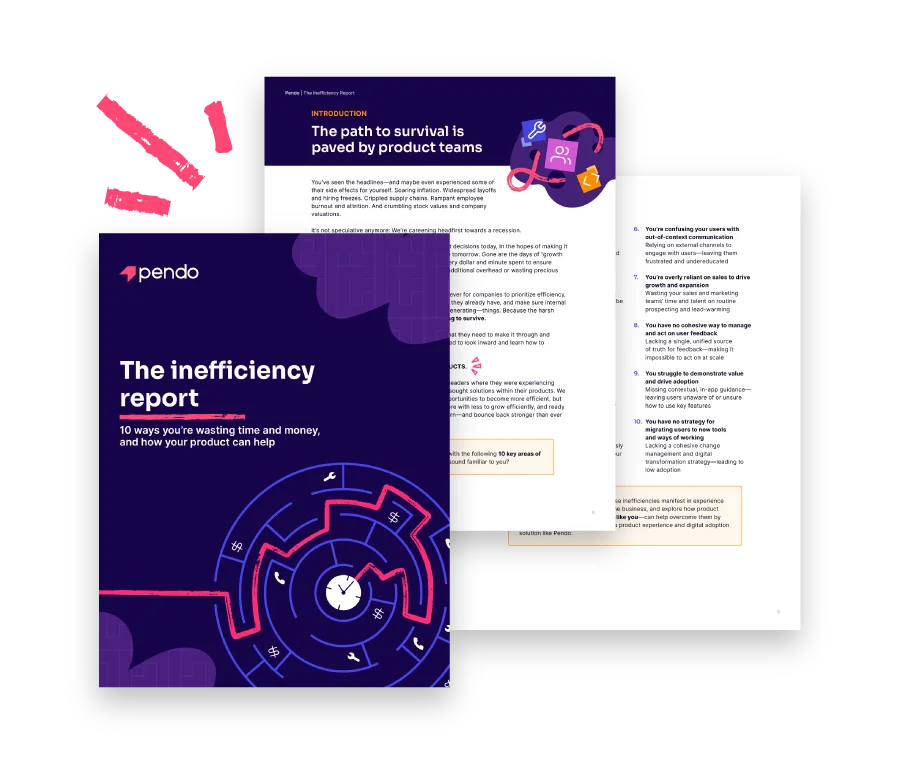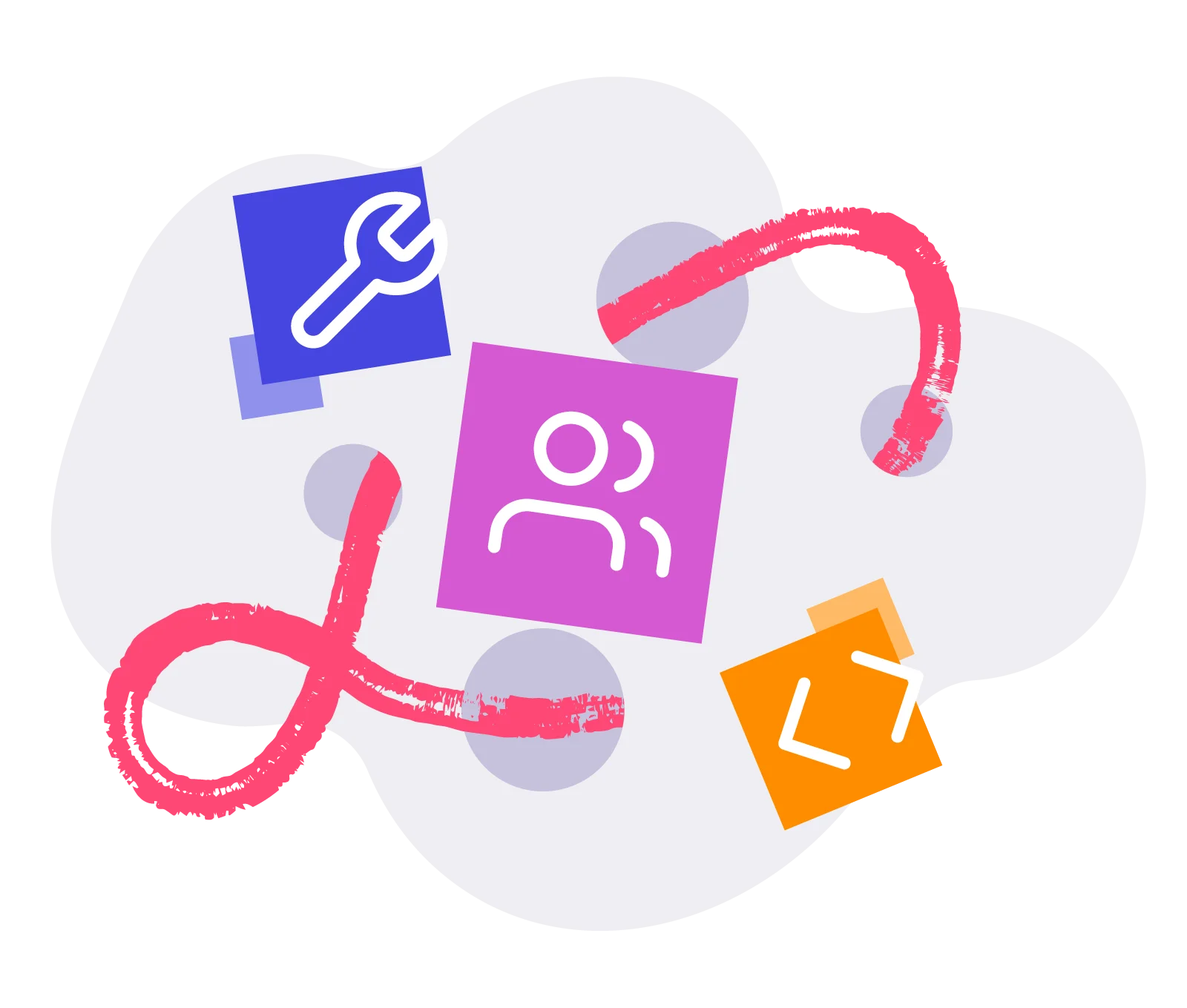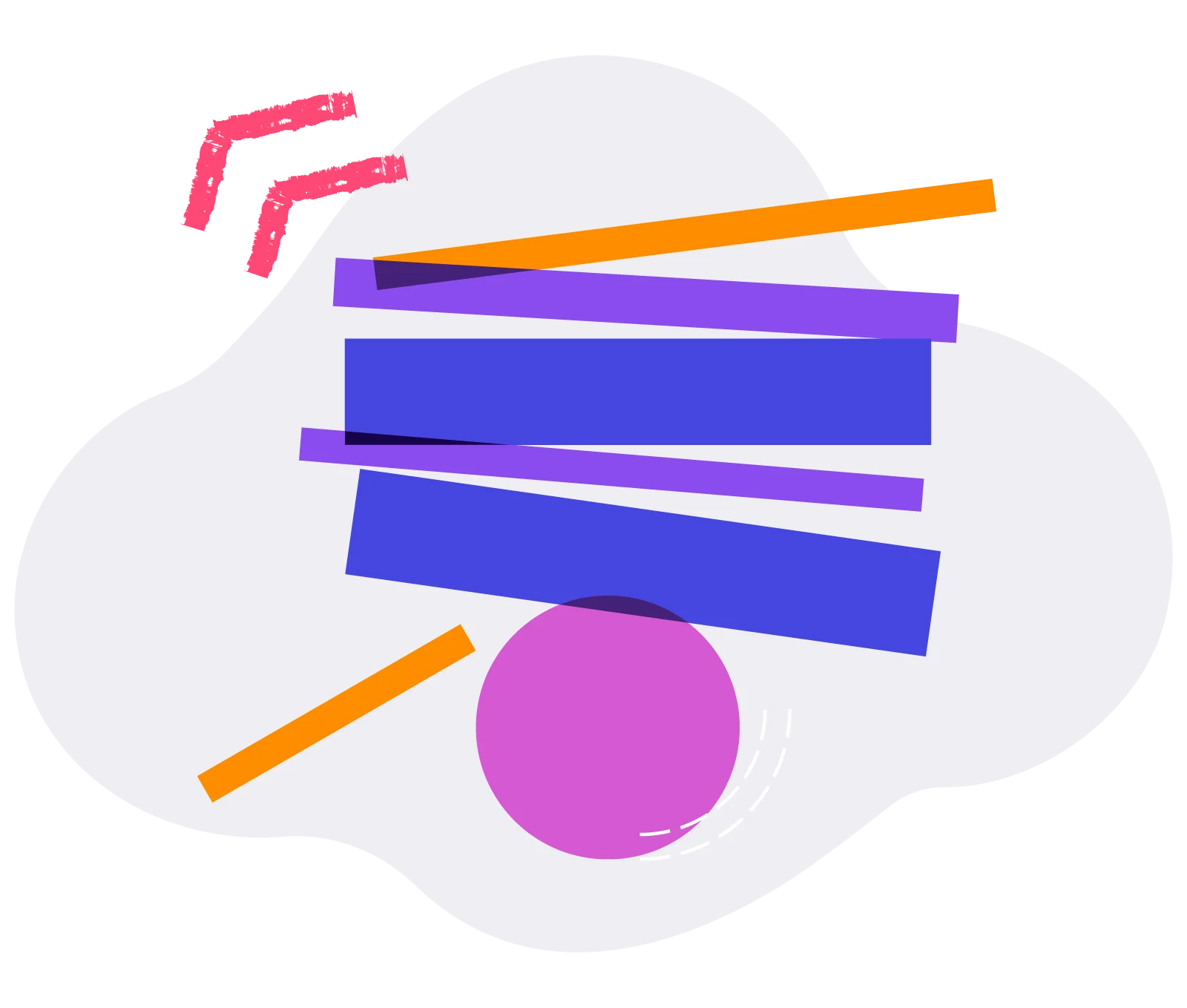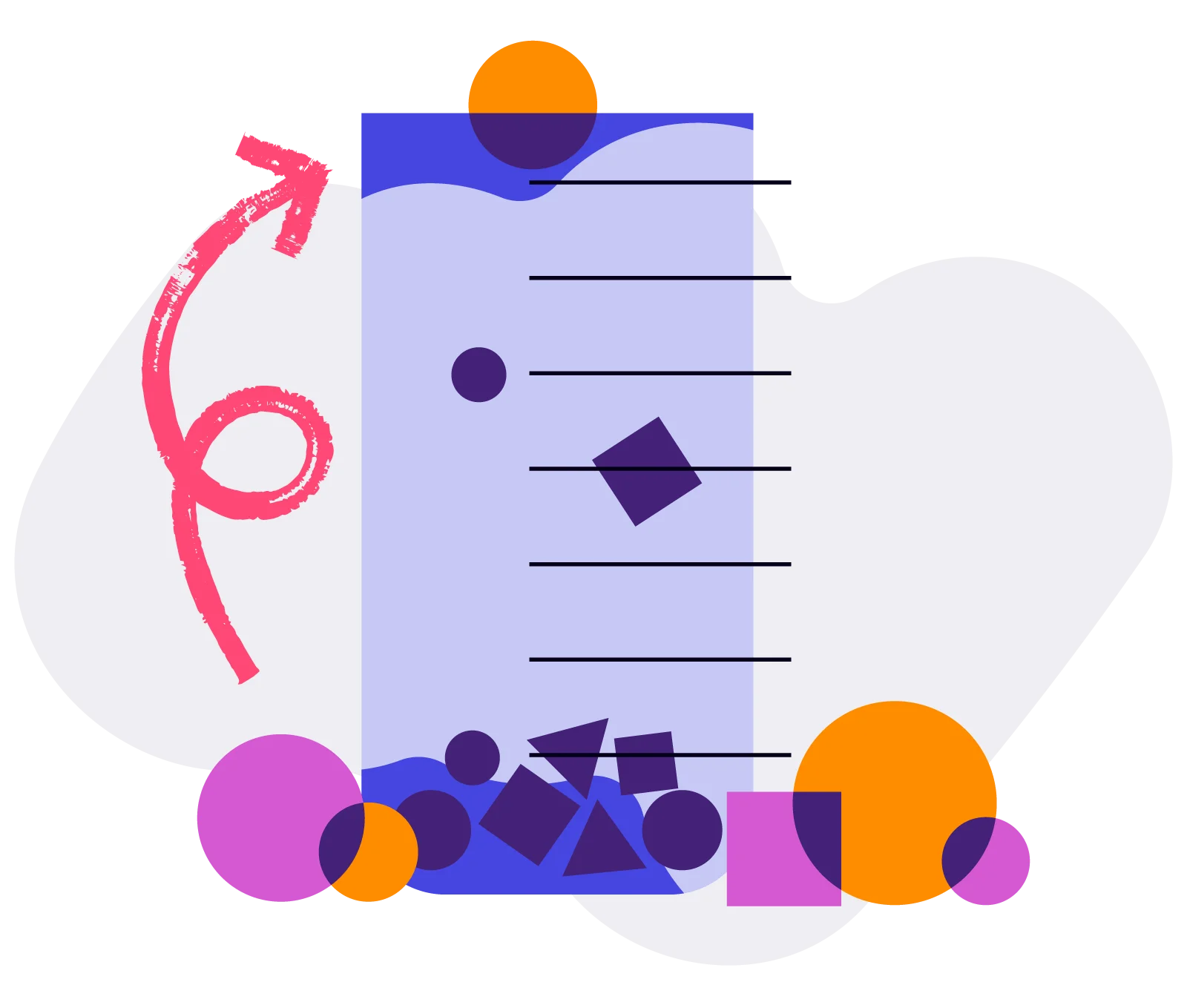
目次
In a rush? Download the PDF for later
Download the レポートはじめに
効率化への道は、プロダクトチームが切り開く

現在の経済情勢において、ビジネスリーダーは時間とお金をどこに費やすべきか、難しい決断を迫られています。「成長のためならどんな犠牲も厭わない」という時代は終わりました。追加のオーバーヘッドを発生させたり、貴重なリソースを浪費したりすることなく、組織への影響を最大化するために、費やしたすべてのお金と時間に対して疑問を持つ必要があります。
In trying times like these, it’s more important than ever for companies to prioritize productivity, trim excess waste, keep the customers they already have, and make sure internal teams are focused on the right—ideally revenue-generating—things. In other words, they need to learn to operate more efficiently.
幸いにも、実は多くの企業が既に、このような困難な状況を乗り越え、存続するために必要なものを持っています。そして、変化した世界で、より早くて優れた、新たな勝者となる企業も現れるでしょう。それは社内に目を向けている企業です。このような企業は、少ないリソースで多くのことを行うために自社のプロダクトを使い、実際に変化をもたらす仕事に集中し、効率性をこれまでより高めて無駄を省く一方で、成長を続けることができるようにしています。その秘密兵器とは何でしょうか。
自社のプロダクトです
100人以上のプロダクトおよびビジネステクノロジーのリーダーに、ビジネス全体で非効率が発生している場所と、プロダクト内でどのようにソリューションを模索しているかを尋ねました。これは、リーダーが無駄を省く機会をどう捉えているのかだけでなく、コスト削減や持続可能な事業展開のためにプロダクトをどのように活用しているか、そして厳しい経済状況を乗り切り、これまで以上に強く立ち直るための強固な基盤を確立しているかを理解するためです。
We found that most companies struggle with the following 10 key areas of inefficiency. Do any of them sound familiar to you?
- You can’t handle the volume of support calls and tickets Manually triaging every question—resulting in countless hours of wasted time and people resources
- You struggle to onboard new customers or employees at scale Wasting time and energy on user set up and routine processes that could be automated and scaled
- You waste time trying to decipher user needs and behaviors Lacking data-driven usage and behavioral insights—slowing innovation and causing low adoption
- You experience high and unpredictable rates of customer and employee churn Reactively addressing risks and challenges—resulting in customer or employee dissatisfaction
- You spin your wheels on what to build next Missing the data you need to ruthlessly prioritize your roadmap and focus your resources
- You’re confusing your users with out-of-context communication Relying on external channels to engage with users—leaving them frustrated and undereducated
- You’re overly reliant on sales to drive growth and expansion Wasting your sales and marketing teams’ time and talent on routine prospecting and lead-warming
- You have no cohesive way to manage and act on user feedback Lacking a single, unified source of truth for feedback—making it impossible to act on at scale
- You struggle to demonstrate value and drive adoption Missing contextual, in-app guidance—leaving users unaware of or unsure how to use key features
- You have no strategy for migrating users to new tools and ways of working Lacking a cohesive change management and digital transformation strategy—leading to low adoption
Let’s take a closer look at how these inefficiencies manifest in experience and operational gaps throughout the business, and explore how product and business technology leaders—like you—can help overcome them by supercharging your products with a product experience and digital adoption solution like Pendo.
非効率項目 1
大量のサポートへの問い合わせを処理できない

すべての質問を手作業でトリアージ(優先順位付け)しているため、膨大な時間と人的リソースが浪費されている
従来のサポート方法では、企業は大規模なサポートチームやITチームを編成し、チケットが送られてきた端からトリアージを手作業で行う必要がありました。これらのケースの中には最終的に人手が必要となるものもありますが、サポートコールやチャットで寄せられる問い合わせの多くは、例えば顧客や従業員のオンボーディング、アカウントの設定、バグ、プロダクトや機能のFAQに関する質問など、実際には適切なリソース手配やコミュニケーションをアプリ内で直接行うことで対処できるものです。
By using your product to proactively address common customer and user questions, you can reduce the workload on the support team and help the business save valuable time and effort—while helping customers self-serve the answers they need, right when they need them. On average, companies that lean on their products to augment their support motions see a 15% reduction in support tickets and calls—though many companies, like LabCorp, NAVEX Global, and StrongMind, see even greater returns.
同じ原則が、職場のソフトウェアを管理する社内チームにも当てはまります。デジタルアダプションのソリューションを使って、業務ソフトウェアに自動ヘルプセンターやサポートを組み込むことで、ITチームは従業員からの一般的な(かつ簡単に解決できる)サポートリクエストに貴重な時間とリソースを費やす必要から解放されるでしょう。
非効率なサポートとは
- 従業員や顧客からの繰り返される同じような大量のリクエスト、サポートチケットや問い合わせ(その多くは人手を介さずに簡単に回答可能なもの)
- サポートやIT担当者一人あたりの案件数が多く、解決までの時間が長くかかる
- アプリ内のヘルプコンテンツやドキュメントがない
- プロダクト内でユーザーと直接コミュニケーションができないことで(障害、バグ、その他の緊急事態など)、関連する問い合わせやチケットが殺到している
サポートコストの削減とサポートリソースの効率的な活用法
Leverage a product analytics tool like Pendo Analytics to identify common friction points within the product, and create in-app guides and tooltips to proactively educate users in these areas. For internal workplace software, leverage analytics via a digital adoption solution like Pendo Adopt to deliver similar support to your employees.
Use in-app messaging through Pendo In-app Guides to support users at scale—freeing up your team to spend more time focusing on high-severity or high-impact cases, and less time on routine enablement or onboarding questions. In-app guides should also be used to notify users of timely announcements or actions you need them to take.
Create a Resource Center through Pendo In-app Guides to give users an always-available place to self-serve helpful resources, training materials, product or app updates, and more. Using the Resource Center as a primary channel through which users can contact support (or IT, for internal teams) also ensures any requests received are as contextual as possible, and reduces calls and tickets by encouraging users to self-serve before contacting support or IT.
非効率項目 2
新規顧客や従業員の大規模なオンボーディングに苦労している

自動化や拡張が可能なユーザー設定や日常的なプロセスに、時間とエネルギーを浪費している
オンボーディング(新規導入のプロセス)は、新規顧客、ユーザー、従業員にとって、非常に膨大なプロセスでしょう。しかしそれを提供するチームにとってもまた、多くの時間と労力を要するものでもあります。これまで、新規ユーザーをプロダクトに取り込んで教育する作業は、実践支援チーム、ITチーム、カスタマーサクセスチームの肩にかかっていました。しかし、この基本的なトレーニング(多くの場合、1対1もしくは対面で実施)は、ツールそのものの状況に応じて実施されるわけではないため、後々簡単に忘れ去られてしまいます。また、このような手作業によるオンボーディング方法は、増大する顧客やユーザーをサポートするために、人員やリソースを継続的に追加しなければならず、ビジネスにとって大きな経済的負担となります。
Leveraging the product to drive onboarding alleviates the load on enablement teams by using in-app messages to guide users through account set-up and basic training. It also allows you to deliver a more personalized experience—ultimately improving long-term knowledge retention and adoption. Plus, by allowing users to self-serve, they can get onboarded much faster than they could if they had to wait for your company’s next training or onboarding cycle. On average, companies that use their products in this way see a 27% reduction in onboarding time—with companies like Firefly, Essity, and Looker successfully ramping up thousands of new users practically overnight.
ITチームや従業員のオンボーディングにも同じことが言えます。デジタルアダプションソリューションを使用すると、ユーザーのメタデータ(従業員の役割、所在地、社内での在職期間など)や行動(初めてアプリを使用するかどうかなど)に基づいてカスタマイズされたアプリ内ガイドを展開し、提供するサポートと実践支援が可能な限りタイムリーで状況に応じた適切なものになるようにすることができます。
非効率なオンボーディングとは
- 物理的もしくはデジタルの実践支援リソースの作成(例:マニュアルおよびサードパーティのトレーニング動画)や1対1のトレーニングの提供に多額の予算が費やされている
- トレーニングを受けても、ユーザーはプロダクトを使いこなせず、快適に使用できない
- 最初のオンボーディングの後でリソースにアクセスできず、ユーザーはサポートに問い合わせる必要がある
- ユーザーの稼働の遅さによる組織の生産性低下
コストを削減しながら、より効率的にユーザーをオンボーディングする方法
Use in-app messages and a Resource Center through Pendo In-app Guides to onboard users at scale, without increasing headcount. Use these guides to help users self-serve account set-up and to instruct them on key workflows and features within the product so they can start leveraging them as quickly as possible.
Use a product analytics tool like Pendo Analytics to understand user workflows and build tailored in-app onboarding that helps users achieve their unique goals, at scale.
